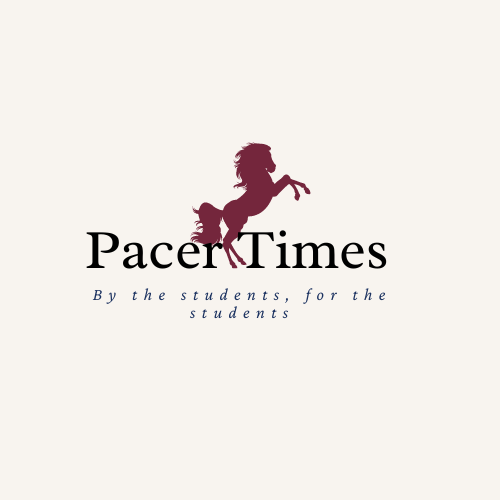Dupont Planetarium hosts viewing of blood moon eclipse
On January 20, North America witnessed a spectacular lunar event known as the “Super Blood Wolf Moon.” USC Aiken hosted a public viewing at the Dupont Planetarium at 10:00 p.m.
This phenomenon describes the totality of the Earth’s shadow covering the moon, as well as the sun’s light being refracted off the atmosphere, casting the eerie red glow upon the moon’s surface. The “wolf” incorporated into the title describes it occurring in January and derives from Native American culture due to the howling of wolves on nights like these.
The next time this will take place-a Supermoon, Total Lunar Eclipse, and Wolf Moon occurring on the same night- will be in 2036. This trifecta is also known as syzygy, which is the alignment of three or more celestial bodies in the same gravitational system.
Adults, teenagers, and children alike crowded the roof of the building, donning binoculars, cameras and phones, eager to get a glimpse of the lunar event. A line wrapped around the Bechtel Telescope, with faces peered at the Planetarium staff members and the open sky, listening and waiting.
The Bechtel Telescope had a magnification of 100x in order to see roughly half of the full moon, concentrating on the creeping edge of the Earth’s shadow. Staff noted that six degrees to the right of the moon, a faint constellation known as the Beehive cluster would be able to be seen. This open constellation is a part of the astrological constellation Cancer. which was only visible near totality.
People camped outside the dome shared images, spoke in awed tones and excitement and shared information between each other, eyes kept to the sky. By 11:18, an orange tint began to take over the edge of the moon. The tint came from the refraction of blue light off the Earth’s atmosphere. That same refraction, known as the Rayleigh Scattering, takes place during sunrises and sunsets.
By midnight, the upper floor of the Dupont Planetarium was crowded with people as the moon took its red pallor. The totality ended around 1:15 a.m.
Leaving the Dupont Planetarium, heads stuck out of car windows to watch for the smallest movements of the shadow and color as traces of the lunar event began to fade away with the oncoming morning.






